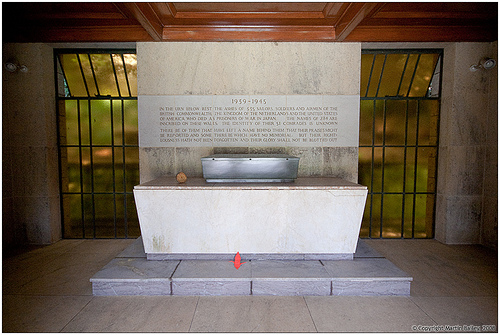A Layman’s Guide to Cremation
 Today’s funeral services vary from one preference to another. Deciding between a burial or cremation is among one of the first decisions living family members and friends need to make for the final resting place of the deceased. Ultimately, the decision will impact the succeeding processes as well, including memorial services and cemetery property.
Today’s funeral services vary from one preference to another. Deciding between a burial or cremation is among one of the first decisions living family members and friends need to make for the final resting place of the deceased. Ultimately, the decision will impact the succeeding processes as well, including memorial services and cemetery property.
Today, we’re focusing on choosing a cremation service. From what it is and how it is done to the deciding factors you must consider, we’re going to cover the most important sections of the topic.
Here’s a simple guide to cremation.
What is cremation?
Cremation is the process wherein intense heat is used to transform the body back into its most basic elements. Often referred to as “ashes to ashes”, the body is stored in a container approved for cremation and is later put into a cremation chamber. The body’s soft tissues are then vaporized, leaving the bone fragments that are then transferred to a cremation urn.
A cooling down period of at least 30 minutes is needed to handle the remains and move them to the next stage. Once the ashes have cooled down, it’s laid out on a table and sifted through dental remains, metals, nails and other debris left in the body and coffin.
In a typical setting, funeral homes connect with local crematories that provide the cremation services and carry it out with respect and reverence. All crematories are regulated and inspected by the state and other federal agencies.
One must understand that the actual cremation does not necessarily replace the funeral service itself. It is a form of final disposition in which the families and friends have the option of having the deceased cremated with or without a religious ceremony.
Prior to cremation
Religious ceremonies often happen in a chapel or in the crematorium itself. Should the family choose to have the ceremony outside of the crematorium, a service will take place before the cremation itself.
Ceremonies done in a crematorium consist of mourners following the coffin into the crematorium. The coffin will then be positioned on the catafalque and mourners are asked to take their seats. After the brief service, mourners can choose to stay and watch the deceased cremated, along with the coffin. It’s best to discuss this with the crematorium staff beforehand.
Factors that affect cremation time
There are a number of factors that affect the duration of cremation. The weight and size of the body must be taken into account, along with the percentage of body fat. The equipment used for the cremation, including the type of cremation container will also play a role in the length of the process. The operating temperature of the chamber also plays a part, which often lies between 1800°F – 2000°F range.
How to Arrange a Cremation
Depending on your location and federal laws, arranging a cremation is handled differently. Most of the time, the help of a funeral director is needed. It’s best to have someone locally, as to alleviate costs and expenses. The funeral director can help you plan the memorial service and prepare the cremation process for you.
Sometimes, families are allowed to contact crematories directly should they wish for a direct cremation or a cremation followed by a service. However, certain laws limit this option. That’s why it’s best to check with authorities first before going ahead.
Factors to Consider
There are factors family and friends must consider before going for a cremation service. First, religious consideration must be taken into account. There are some religions that frown upon or prohibit cremation. Some of the most noted ones are Christianity, Judaism and Islam. Those who have come to accept cremation as a form of disposal are Jews, Eastern Orthodox Church, Mormons and selected Muslims.
Another is to consider the perspective of everyone involved. Do some of the family members feel like it’s an uninvolved way to say goodbye? Do some feel that it’s not appropriate for the body to be reduced to ashes? It’s important to meet at a consensus and collectively decide if it’s the best option there is. Plus, the costs are needed to be taken into account as early as possible. It’s best to find the best and most cost-effective service in your area.
One more factor is what happens to the remains afterwards. Others prefer to make scattering requests, which can be fulfilled by someone or a person from the crematory. Some would prefer keeping the urn at home while others try and find a permanent resting place for loved ones to have a physical place to pay their respects to in the future.
It’s essential to consider the options carefully and to work together and closely with the funeral home and crematory.






